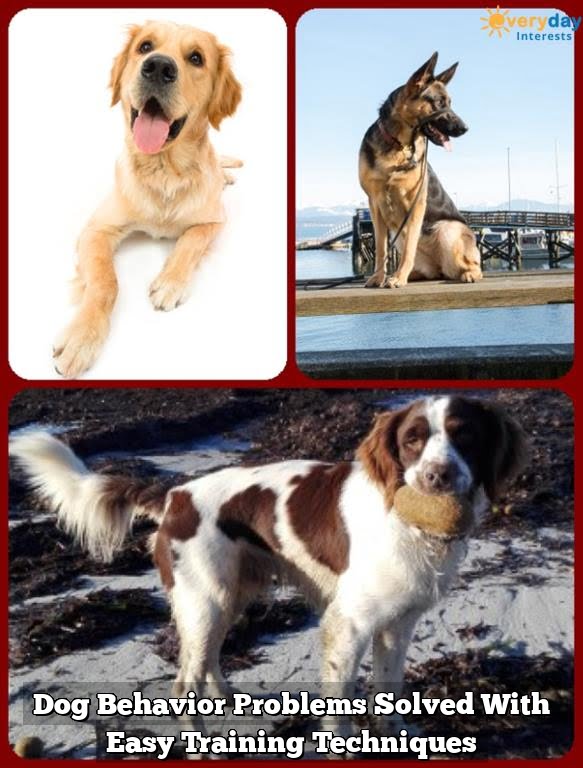Dogs with anxiety problems can be a challenge to train. Fortunately, there are a few things you can do to help make the process a bit easier.
First, it’s important to understand the root of the problem. Dogs with anxiety may become agitated or fearful in certain situations, which can lead to undesirable behaviors. To help address the issue, you’ll need to take steps to help your dog feel more comfortable and confident in those situations.
One way to do this is by using positive reinforcement. rewards like praise, treats, and play can help your dog associate those situations with something positive, which can help reduce their anxiety.
You can also help your dog become more comfortable in difficult situations by gradually exposing them to those situations. For example, if your dog is afraid of thunderstorms, start by playing a recording of thunderstorms at a low volume. Then, gradually increase the volume over time.
If you’re working with a dog who has a specific phobia, such as a fear of people, you’ll need to take a different approach. In this case, you’ll want to start by teaching your dog to associate people with good things, such as treats or petting. Once your dog is comfortable with people, you can then start working on exposing them to more difficult situations, such as a busy street or a crowded park.
If your dog is having trouble with anxiety, it’s important to be patient and take things slow. With time and patience, you can help your dog overcome their anxiety and live a happy, healthy life.
Anxiety Trained Service Dogs
There is a common misconception that anxiety service dogs are only for people with panic disorder or social anxiety disorder. However, any person with an anxiety disorder can benefit from a service dog. Anxiety service dogs are specially trained to help people with anxiety disorders.
Anxiety service dogs can help with a variety of symptoms, including:
-Stress
-Anxiety
-Depression
-Irritability
-Tension headaches
-Muscle tension
Anxiety service dogs can provide many benefits, including:
-Reduced anxiety
-Improved mood
-Improved focus and concentration
-Improved sleep
Anxiety service dogs can help people with anxiety disorders to live more productive and fulfilling lives.
How To Train A Dog With Separation Anxiety
Separation anxiety is a common problem for dogs, and can be difficult to treat. However, there are a number of things you can do to help your dog overcome this problem.
The first step is to identify the cause of the anxiety. Often, dogs become anxious when they are separated from their owners because they are afraid of being alone. Other factors that can contribute to separation anxiety include changes in routine, such as a move to a new home, or the addition of a new pet to the family.
Once you have identified the cause of the anxiety, you can begin to work on a treatment plan. One of the most important things you can do is to make sure your dog receives plenty of exercise and mental stimulation. This can help to reduce the amount of anxiety they feel when left alone.
You can also help to reduce your dog’s anxiety by teaching them basic obedience commands. This will help to make them feel more confident and secure, and will give them something to focus on when they are alone.
If your dog is exhibiting signs of separation anxiety, it is important to seek professional help. A behaviorist can help to identify the cause of the anxiety and develop a treatment plan that is right for your dog.
How To Train A Dog To Alert For Anxiety
If you are like most people, you probably think that training your dog to alert for anxiety is a difficult process. However, with a little patience and consistency, you can easily train your dog to perform this helpful task.
The first step in training your dog to alert for anxiety is to create a cue. This can be anything you like, such as “alert,” “watch,” or “anxiety.” Be sure to use the same cue each time you want your dog to perform the behavior.
Once you have created a cue, you will need to start teaching your dog what it means. To do this, begin by saying the cue while your dog is in a relaxed state. Once your dog understands the cue, you can start pairing it with an action. For example, if you want your dog to alert for anxiety, you might pair the cue “alert” with your dog sitting in front of you.
Once your dog understands the cue and is performing the behavior reliably, you can start using it in situations that cause anxiety. For example, if your dog becomes anxious when you leave them alone, you can use the cue “alert” just before you leave the house. This will help your dog associate the cue with your departure and may help reduce their anxiety.
It is important to note that training a dog to alert for anxiety is not a cure for the condition. However, it can be a helpful tool for managing symptoms. If you are interested in training your dog to perform this behavior, be sure to consult with a qualified dog trainer.
Dog Anxiety Trainer Scottsdale
There are many reasons why a dog might experience anxiety. Some dogs may become anxious in new environments, around strangers, or during loud or chaotic situations. Dogs may also exhibit signs of anxiety when they are left alone or when their routine is disrupted.
If your dog is experiencing anxiety, it can be very frustrating for both you and your pet. Fortunately, there are many things you can do to help your dog feel more comfortable and less anxious.
One of the best ways to help an anxious dog is to work with a professional dog anxiety trainer. A dog anxiety trainer can help you understand the causes of your dog’s anxiety and provide you with strategies for helping your dog feel more at ease.
A dog anxiety trainer can also provide you with guidance on how to use positive reinforcement training to help your dog feel more confident and relaxed. By teaching your dog new coping skills and providing him with positive reinforcement, you can help him overcome his anxiety and start to lead a happier, more relaxed life.

Welcome to the blog! I am a professional dog trainer and have been working with dogs for many years. In this blog, I will be discussing various topics related to dog training, including tips, tricks, and advice. I hope you find this information helpful and informative. Thanks for reading!





